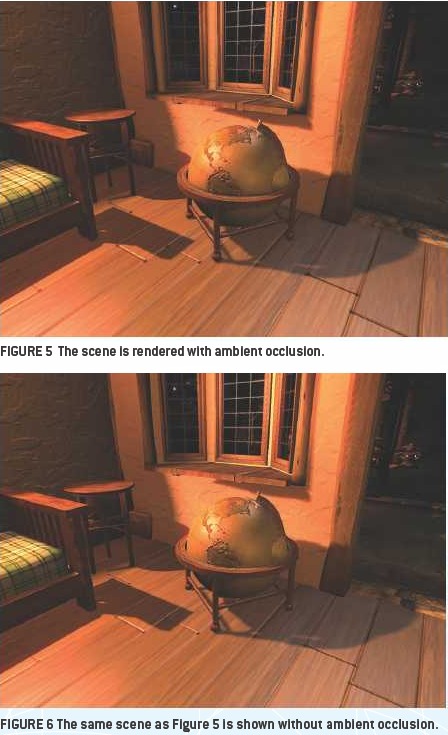Title: What Makes Casual Games so Appealing, so Attractive: Looking for ‘the Casual’ in Casual Video Games
Abstract: Given that video games are as wonderful as they are, why would someone choose not to play video games? It seems that video games for a long period of time have alienated a large part of the population by way of their themes, their assumptions about the player’s familiarity with video game conventions, and by the demands games have placed on the player’s time. With the Nintendo Wii, Guitar Hero, and downloadable games like Diner Dash, however, video games appear to be reaching beyond the traditional game audience. In this talk, I will discuss why many people do not play video games, and identify the broader appeal of today’s casual games.
Details:
Thursday, April 10
06:00 PM to 08:00 PM
Columbia University
2960 Broadway
New York, NY – 10027
Room: Thompson Hall, Room 510 at Teachers College, Columbia University, between Broadway and Amsterdam on 120th Street. Check in with security (located in between Broadway and Amsterdam on 120th) and they will direct you the correct room.


